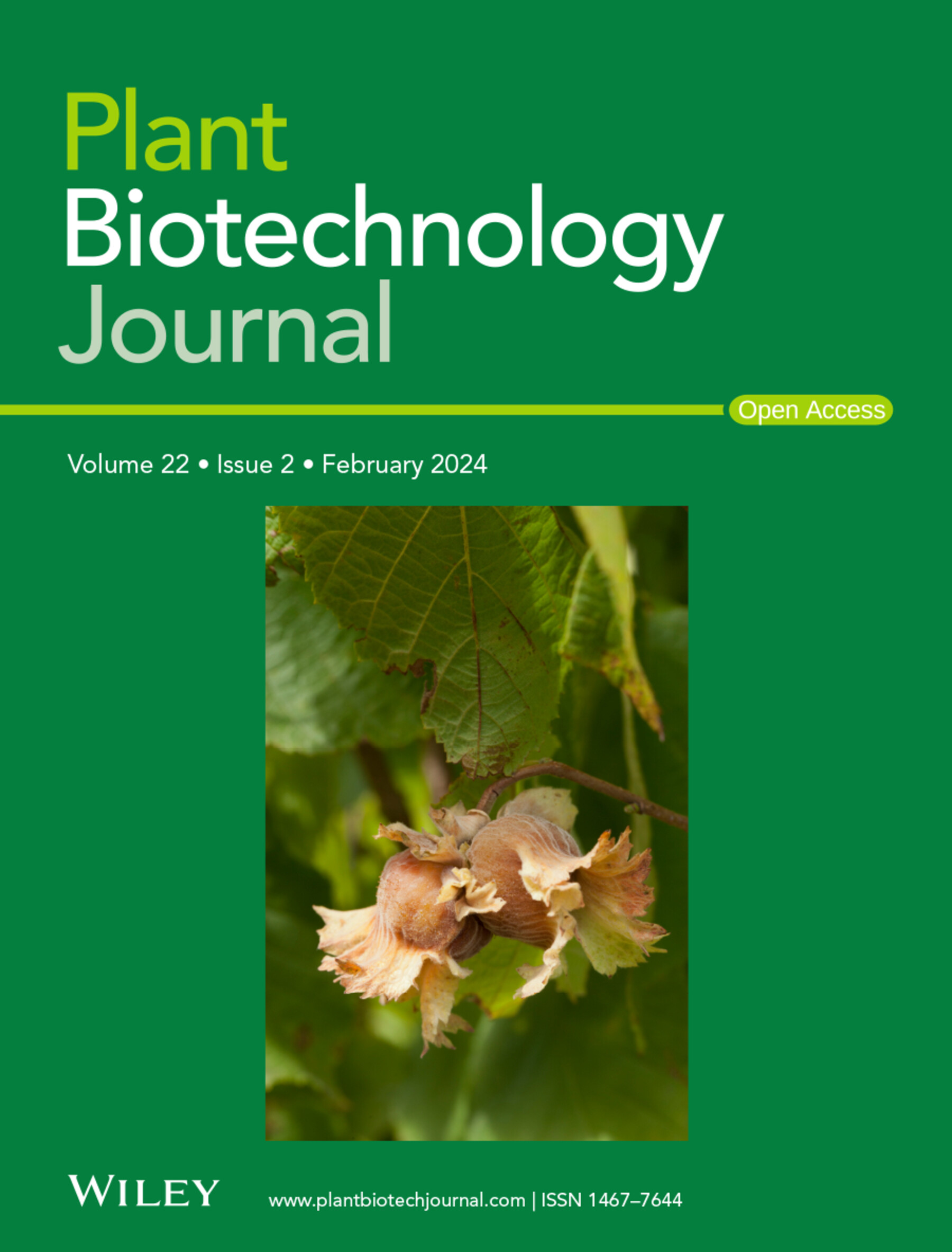翻译豇豆花叶病毒的肿瘤内免疫治疗与规模化生产过程的研究
IF 10.5
1区 生物学
Q1 BIOTECHNOLOGY & APPLIED MICROBIOLOGY
引用次数: 0
摘要
植物病毒豇豆花叶病毒(CPMV)正被开发为实体瘤瘤内免疫治疗的候选药物。小鼠和大鼠的临床前研究以及犬癌症患者的临床研究数据表明,它具有强大的功效和良好的安全性。为了进行新药研究(IND),必须开发可扩展且符合GMP的生产工艺。因此,在这里,我们专注于下游工艺,并开发了可扩展的净化工艺。我们系统筛选了以下工艺:利用病毒粒子pH稳定性的酸性提取条件,利用纳米粒子特性和病毒粒子大小的超滤条件,最后根据病毒粒子表面电荷的离子交换色谱法。然后将这三个过程合并为7步方案,与涉及各种离心步骤的当代实验室程序(总共15步以产生纯CPMV)相比,提供了效率。此外,我们将洗涤剂基内毒素去除与离子交换色谱相结合,简化了内毒素的去除。与离心纯化CPMV相比,新的超滤工艺减少了一半以上的单元操作次数,处理时间从~20小时减少到~7小时。重要的是,忽略了难以规模化的有毒有机溶剂、超离心和等重超离心。我们使用了一系列表征方法来验证CPMV的结构完整性和生物活性。本文章由计算机程序翻译,如有差异,请以英文原文为准。
Toward Translation of Cowpea Mosaic Virus Intratumoral Immunotherapy With a Scalable Production Process
The plant virus cowpea mosaic virus (CPMV) is being developed as a drug candidate for intratumoral immunotherapy for solid tumours. Data from preclinical studies in mice and rats as well as clinical studies in canine cancer patients demonstrate potent efficacy and an excellent safety profile. Toward Investigational New Drug (IND)‐enabling studies, a scalable and Good Manufacturing Practice (GMP)‐compatible manufacturing process must be developed. Therefore, here, we focused on the downstream process and developed a scalable purification process. We systematically screened the following processes: acidic extraction conditions making use of the virion pH stability, ultrafiltration making use of the nanoparticle character and the virion size, and finally ion exchange chromatography based on the virion's surface charge. The three processes were then combined into a 7‐step protocol, providing efficiency compared to the contemporary laboratory procedures involving various centrifugation steps (and a total of 15 steps to yield pure CPMV). Furthermore, we streamlined the removal of endotoxins by combining detergent‐based endotoxin removal with ion exchange chromatography. The new ultrafiltration‐based process reduced the number of unit operations by more than half and the processing time from ~20 to ~7 h compared to centrifugation‐based purification of CPMV. Importantly, toxic organic solvents, ultracentrifugation and isopycnic ultracentrifugation which are difficult to scale were omitted. We used a battery of characterisation methods to validate CPMV's structural integrity and biological activity.
求助全文
通过发布文献求助,成功后即可免费获取论文全文。
去求助
来源期刊

Plant Biotechnology Journal
生物-生物工程与应用微生物
CiteScore
20.50
自引率
2.90%
发文量
201
审稿时长
1 months
期刊介绍:
Plant Biotechnology Journal aspires to publish original research and insightful reviews of high impact, authored by prominent researchers in applied plant science. The journal places a special emphasis on molecular plant sciences and their practical applications through plant biotechnology. Our goal is to establish a platform for showcasing significant advances in the field, encompassing curiosity-driven studies with potential applications, strategic research in plant biotechnology, scientific analysis of crucial issues for the beneficial utilization of plant sciences, and assessments of the performance of plant biotechnology products in practical applications.
 求助内容:
求助内容: 应助结果提醒方式:
应助结果提醒方式:


